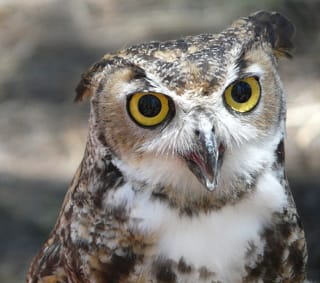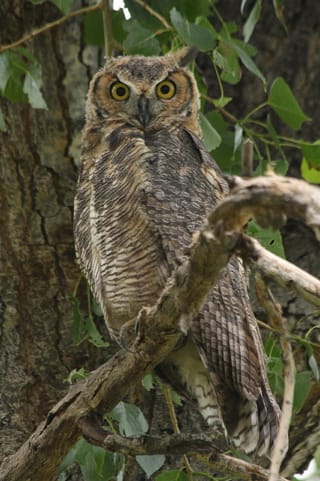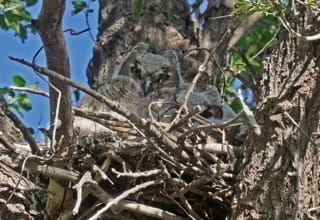Initially this guide displays common birds of all types that are flying right now in our area. Use the selectors below to view rare birds, view birds flying any time, restrict the output to a certain shape of bird, or search by name.
New Mexico is on the western edge of the Central Flyway which is one of the major migration pathways between north and south for birds traveling between breeding and wintering grounds along the Rocky Mountains. This has resulted in the state having an incredible diversity of birds with over 550 different species reported. A little more than half of this number are sighted annually on the Pajarito Plateau. Some of these birds are full-time residents, some migrate here for a few weeks or months, and other are only seen briefly as they pass through the region.
This guide features many of the birds known to frequent Los Alamos county by when they are likely to be seen in the area. You can get additional information on local birds by joining PEEC Birders or going to the eBird website. eBird also includes lists of rare bird sightings and birding hot spots.
Bird References
Birdweb
Cornell Lab of Ornithology
eBird
eNature
Institute for Bird Populations
National Audubon Society
New Mexico Ornithology Society
What Bird
xeno-canto
Subject Area Experts (all guides)
Steve Cary (butterflies)
Beth Cortright (insects)
Terry Foxx (invasive plants)
Leslie Hansen (mammals)
Richard Hansen (fish, mammals)
Dorothy Hoard (butterflies, trees)
Chick Keller (flowers, herbarium)
Shari Kelley (geology)
Kirt Kempter (geology)
Garth Tietjen (reptiles)
David Yeamans (birds)
Web Development and Content Management
Pat Bacha
Jennifer Macke
Graham Mark
Akkana Peck
Contact
Please contact us for local nature questions and sightings. We welcome comments, corrections, and additions to our guides.
For more information about local nature, please visit our Nature Blog or subscribe to PEEC This Week.
Make Selection
 Photo: adult by Thomas Shankland  Photo: adult by J.N. Stuart  Photo: nest with young by Jerry Oldenettel |  Great Horned Owl, Hoot OwlGHOW (Bubo virginianus)Family: Strigidae (Owls) Size: 25 in (64 cm) Flies: Jan 01 - Dec 31 Morphology: both sexes are mottled gray-brown with a reddish face, white patch on the throat, and two prominent feathered tufts on the head; birds in the Southwest are paler and grayer than elsewhere Status: native; common Food source: mostly eats mammals (rats, mice, rabbits, squirrels, skunks, etc.) and birds ranging in size from kinglets to herons; will also eat snakes and lizards Habitat: wooded areas with fields or other open areas The Great Horned Owl is a large bird that is aggressive and powerful, earning it the nickname of “Tiger Owl”. These birds have extremely good hearing and vision. They hunt mostly at dusk and after dark. They will watch from a high perch and then swoop down capturing prey in their talons. During northern winters, they may let uneaten prey freeze, only to come back later and thaw it out using their own body heat. Nesting may begin as early as late winter in some areas. This potentially allows the young to have enough time to learn hunting skills before the next winter. Nests are often those of other large birds with the addition of a few new feathers. The young will leave the nest at about 5 weeks old but cannot fly until 9 to 10 weeks of age. The parents may continue to fed the young for several months more. Info Photos Distribution Frequency |
